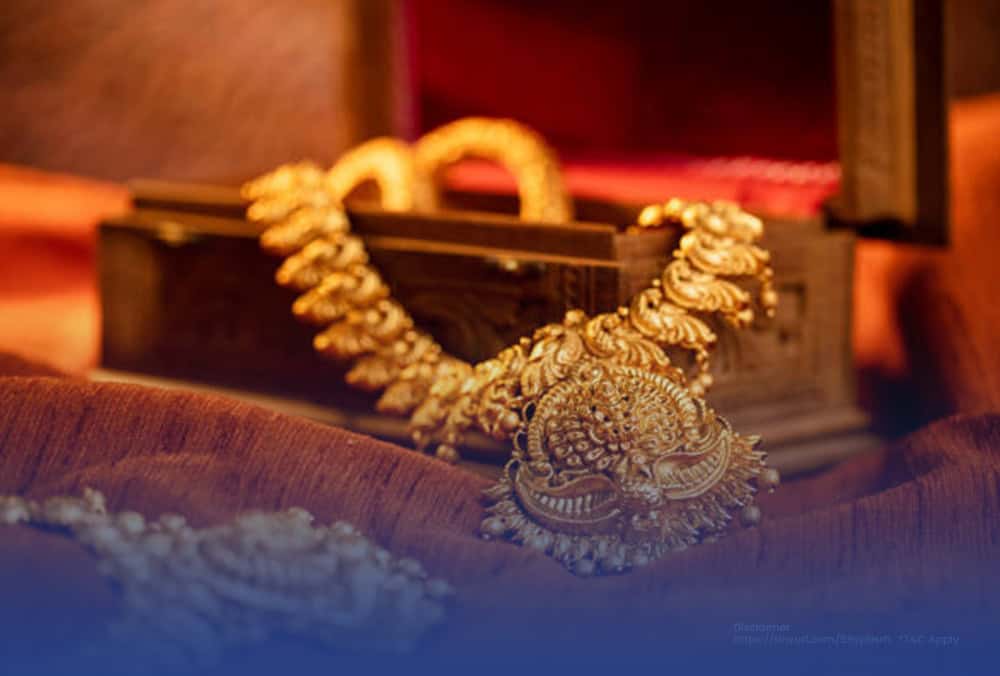Gold Prices Surge Past ₹80,000 Mark

Gold prices have reached a significant milestone, surpassing ₹80,000 per 10 grams for the first time. This surge, reported by the India Bullion and Jewellers Association (IBJA), reflects a growing trend among investors seeking safe-haven assets amid economic uncertainties. The increase in gold prices is attributed to various factors, including a weakening dollar and concerns surrounding potential market volatility linked to the upcoming presidency of Donald Trump.
Factors Driving Gold Prices Higher
The recent rise in gold prices can be traced back to a combination of global economic conditions and investor sentiment. The dollar index, which measures the value of the U.S. dollar against a basket of foreign currencies, has shown signs of weakness. After reaching a two-year high of 110.17, primarily due to trade tariff expectations, the dollar index has declined in five out of the last six sessions. This decline has prompted investors to shift their focus from dollar-denominated assets to gold, which is traditionally viewed as a safe investment during times of economic and geopolitical uncertainty.
As investors seek refuge in gold, the price has climbed. According to the latest data from IBJA, 24-carat gold closed at ₹80,194 per 10 grams. This marks a notable increase from the previous day’s closing price of ₹79,453. The trend indicates that as the dollar weakens, gold becomes more attractive, leading to increased demand and higher prices.
Implications for the Jewelry Market
While the surge in gold prices may benefit investors, it raises concerns for the retail jewelry market, especially during the ongoing wedding season. Industry experts have expressed uncertainty about how these rising prices will affect consumer behavior. Renisha Chainani, research head at Augmont Gold, highlighted that the high prices could dampen retail sales, particularly in price-sensitive markets like India.
Chainani noted that the current economic climate, influenced by Trump-era policies, has led to increased tariffs and trade uncertainties. These factors contribute to the volatility in gold prices. She emphasized that the stability of gold prices will largely depend on geopolitical clarity and any potential reversals in the dollar’s trend. If tariffs are paused or reduced and global trade conditions improve, gold prices may stabilize by mid-2025. Until then, the high prices could impact consumption patterns, particularly among consumers who are more sensitive to price fluctuations.
The Future of Gold Prices
Looking ahead, the future of gold prices remains uncertain. The interplay between the dollar’s strength and geopolitical events will play a crucial role in determining price trends. Investors are likely to continue using gold as a hedge against economic uncertainties, which may sustain demand even in the face of rising prices.
As the wedding season progresses, jewelers may need to adapt their strategies to navigate the challenges posed by high gold prices. While urban and institutional investors may continue to invest in gold, the impact on retail sales could be significant. The industry will be closely monitoring economic developments and consumer sentiment to gauge the potential for recovery in jewelry sales.
Observer Voice is the one stop site for National, International news, Sports, Editor’s Choice, Art/culture contents, Quotes and much more. We also cover historical contents. Historical contents includes World History, Indian History, and what happened today. The website also covers Entertainment across the India and World.

